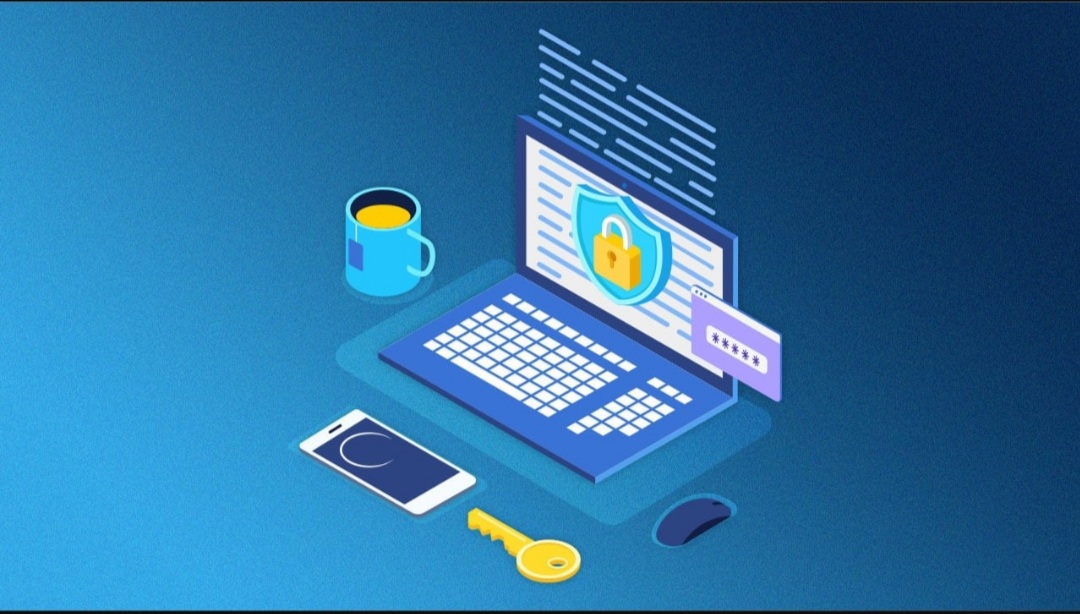How to Avoid Identity Theft and Protect Your Personal Information Online

In an age where so much of our lives revolve around the internet, our personal information is constantly at risk. Identity theft cases are on the rise, where cybercriminals steal and misuse sensitive information to commit financial fraud, open fake accounts, or worse. It’s essential you proactively protect your digital identity.
Understanding Identity Theft
Identity theft happens when someone steals essential data like your name, Social Security number, bank account details, or credit card information. They can use this data for a wide variety of crimes:
- Financial Fraud: Emptying your bank accounts, taking unauthorized loans, or racking up credit card debt.
- Opening New Accounts: Applying for new credit cards or utility services under your name.
- Medical Identity Theft: Using your medical/insurance information to obtain healthcare or prescriptions.
- Tax Fraud: Filing fraudulent tax returns for refunds.
How to Safeguard Your Information Online
Here are crucial steps to minimize your risk of identity theft:
1. Strengthen Your Passwords
- Strong and Unique: Create complex passwords (12+ characters) mixing letters (upper and lowercase), numbers, and symbols. Avoid using the same password for multiple accounts.
- Password Managers: Consider using a reputable password manager to store and generate complex passwords for you.
- Two-Factor Authentication (2FA): Where available, enable 2FA for your accounts. This adds an extra layer of security, typically requiring a code sent to your phone or authentication app alongside your password.
2. Secure Your Devices
- Updates: Keep your operating systems and software updated to patch security vulnerabilities.
- Antivirus/Firewall: Install reliable antivirus software and enable firewalls on your devices.
- Public Wi-Fi Caution: Avoid accessing sensitive information on public Wi-Fi networks. If necessary, use a VPN (Virtual Private Network) for encryption.
3. Smart Sharing Habits
- Minimize Sharing: Don’t overshare on social media platforms. Avoid posting your full birthdate, addresses, or travel plans.
- Phishing Scams: Beware of suspicious emails, text messages, or links asking you to divulge personal information. Be skeptical of offers that seem too good to be true.
- Shred Documents: Shred documents containing sensitive information before discarding them.
4. Proactive Monitoring
- Credit Reports: Regularly check your credit reports (all three bureaus – Equifax, Experian, TransUnion) for suspicious activity. You’re entitled to free annual reports.
- Bank and Financial Statements: Keep a close eye on bank statements, and credit card bills. Notify your banks about any unauthorized transactions immediately.
- Credit Freeze: Consider a credit freeze, which heavily restricts access to your credit reports. This can prevent criminals from opening new accounts in your name.
What to Do If You Suspect Identity Theft
- Act Fast: Report identity theft immediately to the appropriate authorities (local police, the Federal Trade Commission [FTC] at https://identitytheft.gov/).
- Contact Financial Institutions: Notify your banks and credit card companies to freeze or close your accounts.
- Change Passwords: Change the passwords for compromised accounts and any other accounts where you may have reused those passwords.
- File Fraud Alerts: File an initial fraud alert and possibly an extended fraud alert with the credit bureaus.
It’s in Your Hands
Identity theft can have grave repercussions, but remember, you have the power to minimize the risk. By adopting these proactive security measures and staying vigilant online, you can significantly reduce your chances of becoming an identity theft victim. Stay safe.



